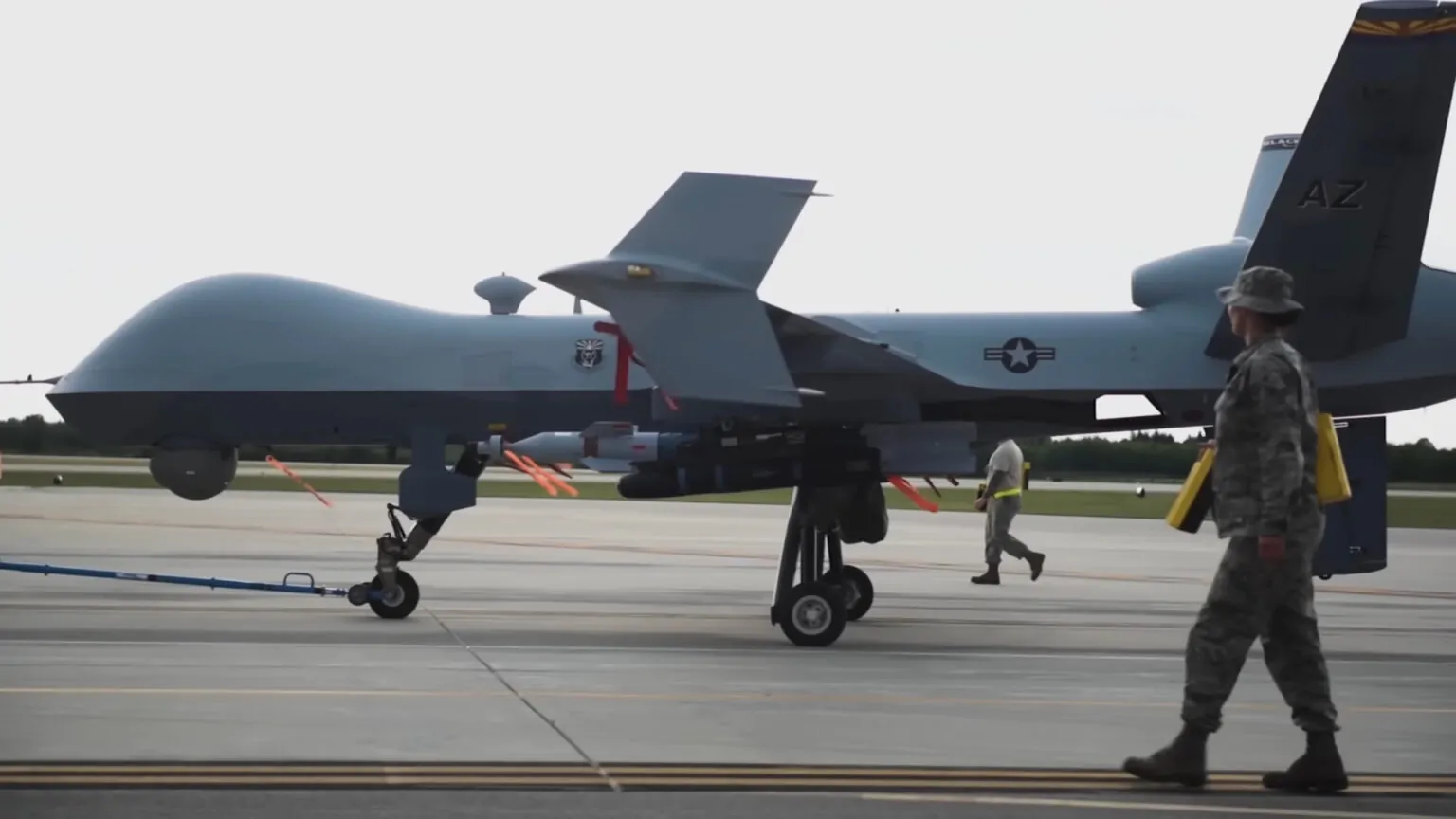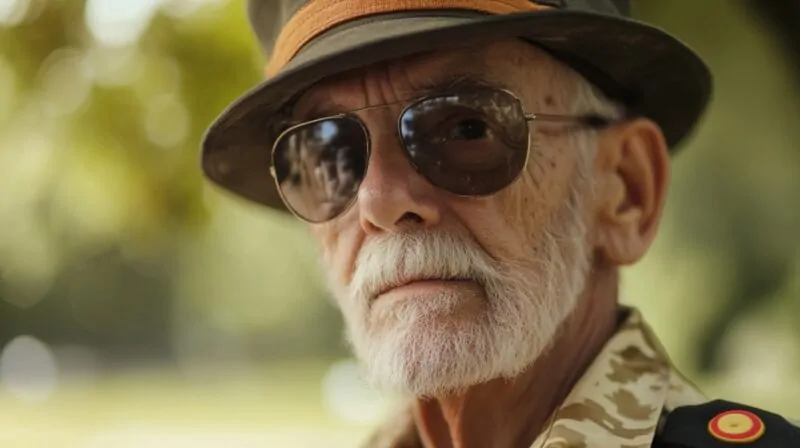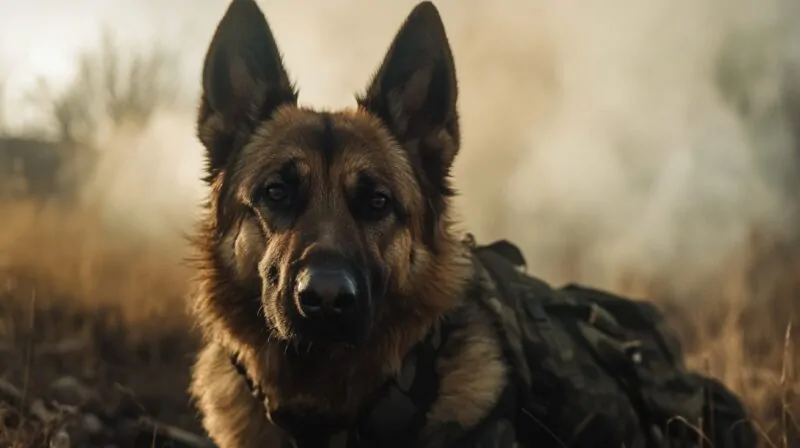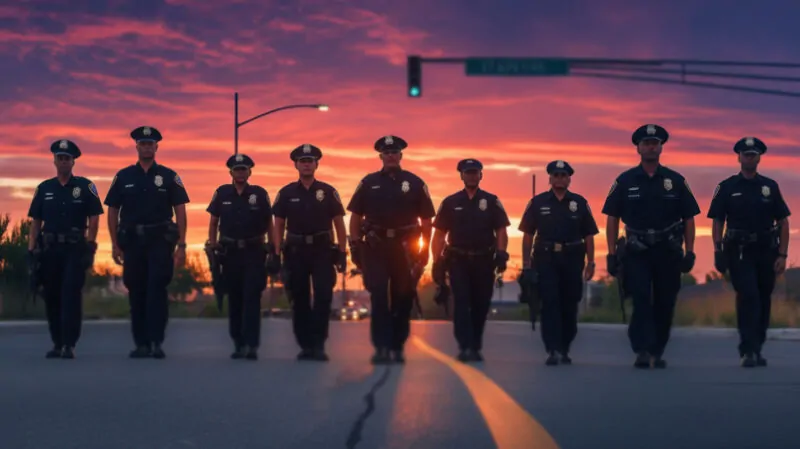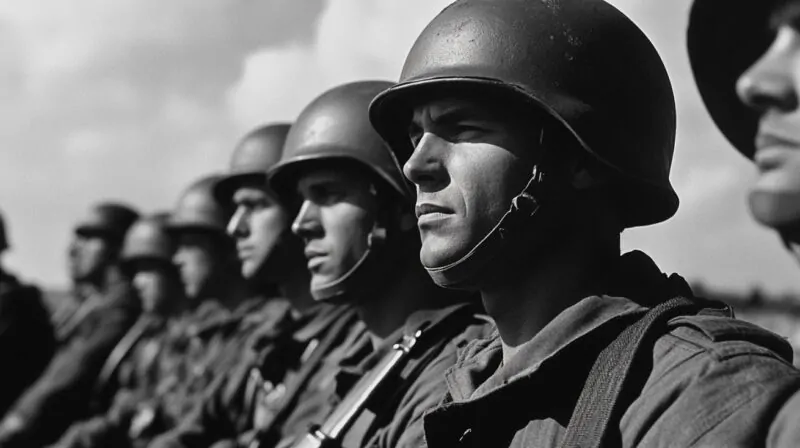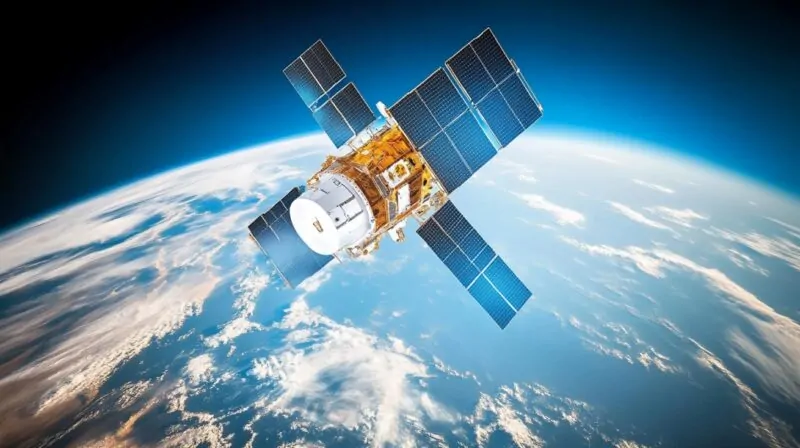Military drones are capable of reaching speeds of up to 500 mph with specialized models like the Lockheed Martin RQ-170 Sentinel, which achieves this remarkable velocity. These high speeds are necessary for tasks such as intelligence gathering, surveillance, and combat operations. Commercial drones are a compareletly different story.
They are predominantly used for photography, delivery, and recreational activities, have much lower speed capabilities.
Typically, these drones can fly at speeds that rarely exceed 50 mph, focusing more on stability and control rather than sheer speed.
This stark difference highlights the distinct design priorities and operational requirements for military versus commercial drones.
What do we Know about Military Drones?
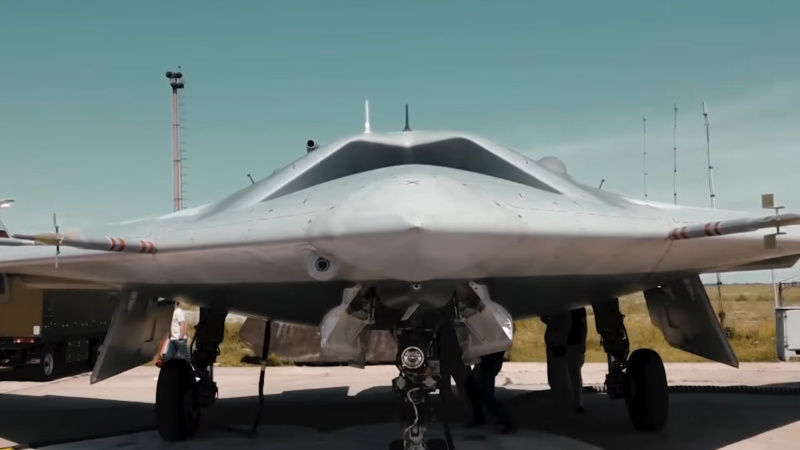
Naturally, military drones are much faster and more efficient than their commercial counterparts.
Taking a look at the fastest ones out there will give you a clear idea of how big this difference is.
| Drone Name | Top Speed |
|---|---|
| Sukhoi S-70 Okhotnik-B | 621 mph (1000 km/h) |
| Hongdu GJ-11 | 621 mph (1000 km/h) |
| XQ-58A Valkyrie | 600 mph (965 km/h) |
| Lockheed Martin RQ-170 Sentinel | 500 mph (805 km/h) |
| Bayraktar Kizilema | 370 mph (595 km/h) |
| RQ-4 Global Hawk | 357 mph (575 km/h) |
| General Atomics MQ-9 Reaper | 300 mph (480 km/h) |
| Altair (Sokol Altius) | 155 mph (250 km/h) |
| MQ-1 Predator | 135 mph (217 km/h) |
At the same time, numerous features help differentiate them from commercial drones.
Design and Engineering
Military drones are built with advanced materials and technologies. These drones often feature stealth capabilities, minimizing radar detection.
The Lockheed Martin RQ-170 Sentinel, for example, incorporates stealth technology and can reach speeds up to 500 mph according to robots.net.
Military drones also have large payload capacities, allowing them to carry various sensors, cameras, and sometimes, weapons.
The Sukhoi S-70 Okhotnik-B, Russia’s first stealth combat drone, boasts a top speed of 1,000 km/h and advanced turbojet engines as per aerotime.
Common Usage
These drones are predominantly used for reconnaissance, surveillance, and targeted strikes.Intelligence gathering is a critical function, with drones equipped with high-resolution cameras and sensors.
The RQ-4 Global Hawk, for instance, sustains flights of over 32 hours for long-duration missions.
Military drones also perform combat roles, engaging in strikes and delivering payloads to specific locations.
They are often larger and heavier compared to commercial drones, sometimes weighing more than 600 kilograms. Their versatility plays a crucial role in modern warfare, adapting to various mission needs.
Maximum Speed Capabilities
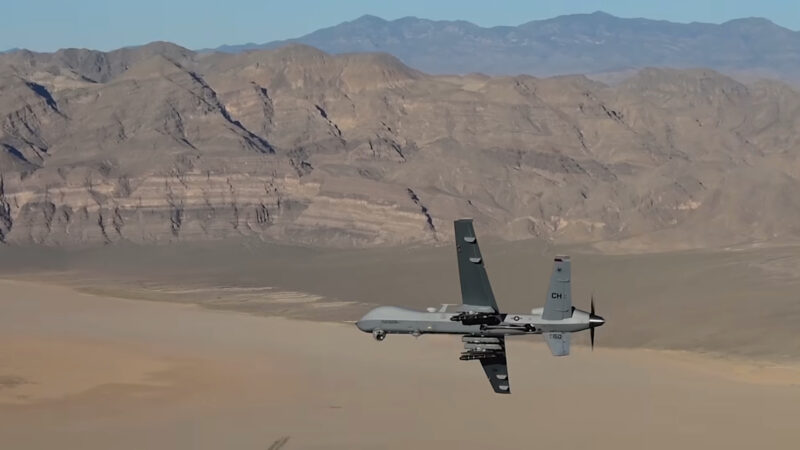
For instance, the Lockheed Martin RQ-170 Sentinel can reach speeds of up to 500 mph, making it one of the fastest military drones in operation.
The Sukhoi S-70 Okhotnik-B is another example, with a top speed of 1,000 kilometers per hour, as vindicated in the Ukraine war.
Such speeds enable these drones to cover vast distances quickly, providing critical reconnaissance and support on time. This high-speed capability aids in avoiding enemy detection and enhancing mission success probabilities.
Altitude and Endurance
The RQ-4 Global Hawk is renowned for its high-altitude and long-range surveillance, capable of staying airborne for over 32 hours and reaching altitudes up to 60,000 feet.
Extensive endurance allows prolonged monitoring and intelligence gathering over vast areas without frequent refueling or landing.
In addition to the Global Hawk, many military drones are designed with similar endurance capabilities to maintain sustained operations, gather continuous data, and provide persistent surveillance.
Payload Capacities
The MQ-1 Predator, for example, excels in carrying advanced sensor packages for long-range surveillance and reconnaissance.
Moreover, these drones can be adapted to carry precision-guided munitions, enhancing their combat capabilities.
Payload versatility ensures that drones can be outfitted for various mission types, from electronic warfare to target acquisition, making them indispensable in modern military operations.
Commercial Drones
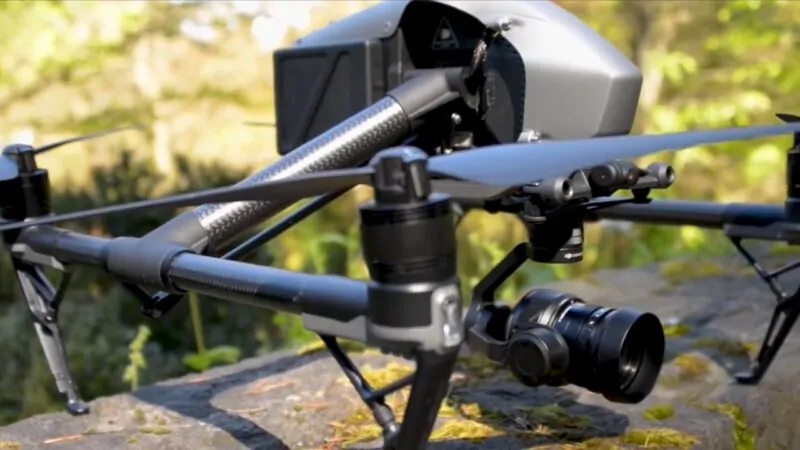
These drones are designed to be user-friendly and adaptable to various tasks.
| Drone | Top Speed |
|---|---|
| DJI Inspire 2 | 58 mph (93 km/h) |
| DJI Phantom 4 Pro | 45 mph (72 km/h) |
| Autel Robotics EVO II | 45 mph (72 km/h) |
| Yuneec Typhoon H Pro | 43.5 mph (70 km/h) |
| DJI Mavic Air 2 | 42 mph (68 km/h) |
| Parrot Anafi | 34 mph (55 km/h) |
Design Variations
- Quadcopters
- Hexacopters
- Octocopters
Quadcopters are popular for their stability and ease of control, making them ideal for beginners and hobbyists.
Hexacopters and octocopters provide added redundancy and lift, making them suitable for carrying heavier payloads.
Materials range from lightweight plastic to durable carbon fiber, balancing between cost and performance. Some models feature foldable designs for easy transport.
The equipment attached to commercial drones varies widely, with options like high-resolution cameras, thermal imaging sensors, and advanced GPS systems. These features enhance functionality for specific tasks, like real estate photography or environmental monitoring.
Civilian Applications
Commercial drones find extensive use in multiple civilian sectors.
In aerial photography and videography, drones offer new perspectives that were previously only possible through helicopters. Real estate agents use drones to capture sprawling estate views.
Agriculture benefits significantly from drones, which can monitor crop health, perform aerial spraying, and gather soil data.
Inspection and maintenance applications include checking power lines, wind turbines, and infrastructure without risking human safety
. Drones also assist in search and rescue operations by providing aerial views in hard-to-reach areas.
Delivery services are exploring drone technology to speed up and reduce the cost of last-mile deliveries, especially in remote areas. This diversity makes commercial drones invaluable in modern civilian tasks.
Speed and Agility
Most consumer models have speeds ranging from 25 to 50 mph. High-end models, like those used in professional settings or racing, can reach up to 100 mph.
The DJI Inspire 2, for example, can attain a top speed of about 58 mph.
Speed is often balanced with agility, allowing these drones to navigate through complex environments with ease.
Agility is crucial for tasks like photography, where precise movements are needed.
Operational Ceilings
The operational ceiling of a commercial drone varies but typically ranges from 1,500 to 19,000 feet above sea level.
The DJI Phantom 4 Pro has an operational ceiling of around 19,685 feet, although regulations usually limit drones to 400 feet for civilian use.
Higher operational ceilings allow drones to navigate above obstructions like trees and buildings.
Most commercial drones also feature altitude hold functions, crucial for maintaining stability during flight.
Typical Weight Limits
The majority of consumer drones weigh under 2 kilograms (4.4 pounds), although professional models can be heavier.
For instance, the Yuneec Typhoon H Pro weighs about 1.8 kilograms (3.9 pounds).
These limits are often determined by the drone’s battery life, payload capacity, and build quality.
While carrying capacities usually range up to 5 kilograms (11 pounds), they’re typically used to carry cameras, sensors, or small packages.
Developments in Drone Technology
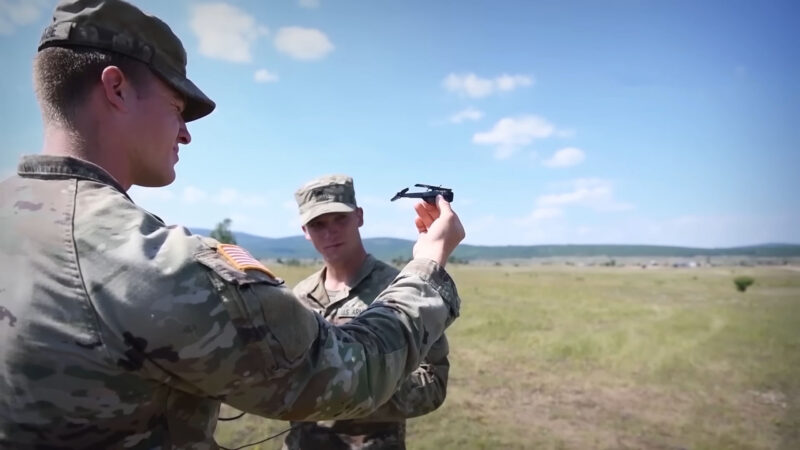
Drone technology has seen significant advancements in recent years, impacting both military and commercial use.
- Military drones now feature enhanced capabilities. The RQ-4 can achieve speeds up to 391 mph and sustain over 32 hours of flight. These drones have improved sensors, allowing for better reconnaissance and target acquisition.
- Commercial drones have also progressed. Many now offer longer battery life, extended range, and advanced stabilization systems. They cater to industries like agriculture, photography, and delivery services. For example, some drones can now fly up to 81 mph.
- Autonomous features are a major milestone. Military drones like the XQ-58A Valkyrie use AI for complex tasks. Similarly, commercial drones can perform automated deliveries and mapping.
- Advancements in materials and design have led to lighter and more durable drones. Carbon fiber and advanced composites are commonly used, enhancing performance and efficiency.
- Software improvements are another key area. Drones now support sophisticated navigation systems, real-time data transmission, and complex mission planning. Both military and commercial sectors benefit from these enhancements, which offer greater control and precision.
- The mass-market impact has changed military strategies. Publicly available drones are now used in conflicts, making sophisticated technology accessible to smaller nations and insurgents. This shift is transforming how wars are fought, as noted by MIT Technology Review.
The Bottom Line
Military drones are purpose-built to achieve levels of speed, endurance, and maneuverability that far exceed those of commercial drones.
Unlike commercial drones, which are generally designed for applications like photography, recreational flying, or environmental monitoring, military drones are developed with a focus on rapid deployment, surveillance, and, in some cases, tactical missions.
The distinct functionality often requires military drones to reach higher speeds, sometimes several times faster than their commercial counterparts.

